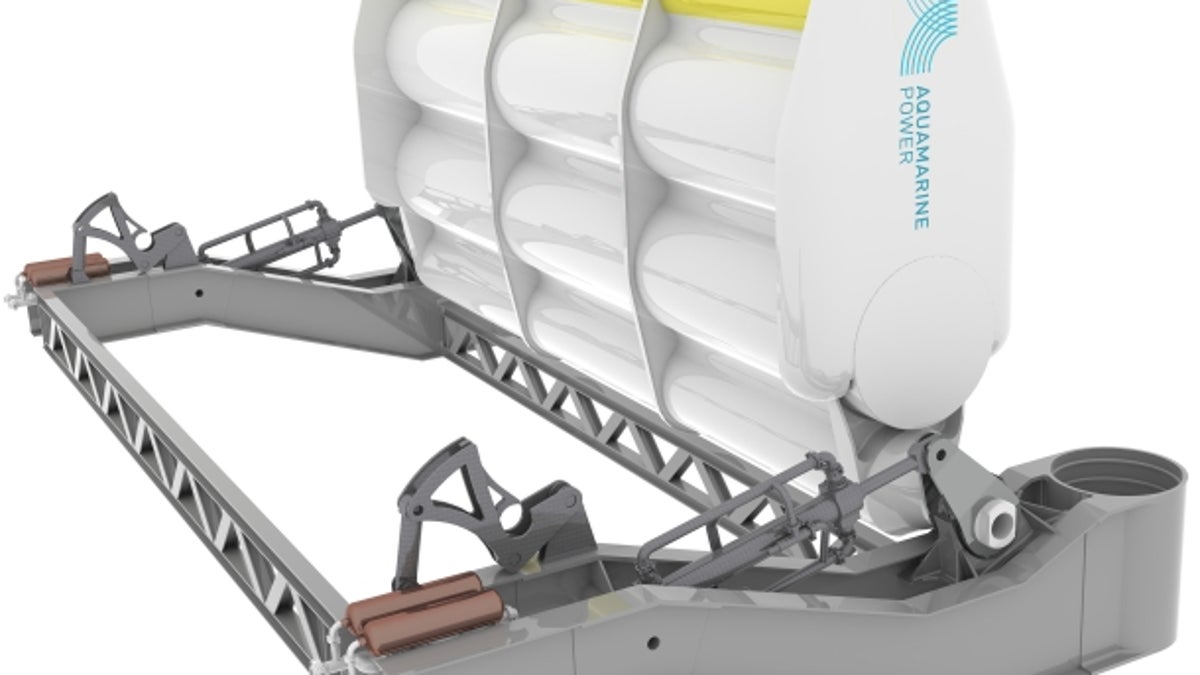Aquamarine lands ABB as investor for wave power
The Scottish maker of a wave power generator gets investment from Swiss power industry giant ABB and others to commercialize its Oyster machine.

Scottish wave power company Aquamarine Power today said it raised funds to commercialize its wave power machine, including an investment from Swiss industrial giant ABB.
Edinburgh-based Aquamarine secured $17.36 million, with $12.6 million coming from ABB, which has a large portfolio of products in the power utility sector.
The investment from ABB is a significant endorsement for wave power, which is being pursued actively in the U.K. There is a European marine energy test site at the Orkney Islands off the coast of Scotland along with several other research efforts.
"Wave energy is primed to become an important part of the world's renewable energy portfolio," Brice Koch, the head of ABB marketing and customer solutions, said in a statement. "This investment reflects our belief in its technical viability."
Aquamarine is one of few companies in the wave and tidal power industry with machines generating electricity in the water. Its first product was connected to the grid about a year ago in Scotland for testing and the company is working on a second-generation.
Its Oyster product is a large, clamshell-shaped machine. When the underwater "hinged flap" moves from the motion of waves, the device pumps water to a hydro-electric turbine on land to generate electricity.
In the U.S. there appears to be an uptick in interest among energy entrepreneurs in tidal and wave energy, although the U.S. lags Europe in development and deployment. There are now 17 locations which are testing hydrokinetic devices, both wave and tidal, according to the National Renewable Energy Laboratory.
There are significant challenges to making functioning wave and tidal power devices, such as operating in harsh environments and understanding the potential effects on the local ecosystem. There's an effort in Massachusetts to establish a marine energy test bed off the coast of Cape Cod to test tidal power and offshore wind in order to gather environmental testing data and speed up the permitting process.

